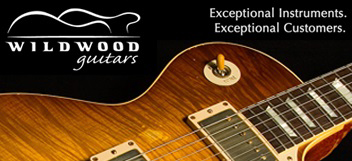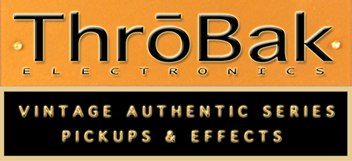GastonG
Well-known member
- Joined
- Jul 25, 2001
- Messages
- 1,410
It's four o'clock in the morning; back from Montréal to visit my friend who owns a mint 57 Goldtop, an excellent intact '58 Cherryburst and an "unburst" '59. I brought with me two guitars of mine; my aged Y2K 59 and my new 2001 '58 Figuredtop.
I'll explain later the how, why and Whooo... but let me tell you folks, that the Historic Les Pauls are very very far from the real thing...
On a scale of 1 to 10, the 58 and 59 were close... at 9.5, the '57 at 9, the Y2k aged LP59 at 1.5 and the 2001 58 at 1...
Trust me, the Historics don't stand very tall beside the real thing.
It's almost a joke...
I have one description; a Burst has a woody hollow sweet bright full spectrum of TONE not found on a Historic... I'm so sorry but this is the truth....
catch you later with pix and anecdotes.
Gaston
________________________________________
update of August 13th 2001
see the updated section at the end of the LPtest page
http://pages.globetrotter.net/pasha/lptest.html
more "fair" test to come...
GG
I'll explain later the how, why and Whooo... but let me tell you folks, that the Historic Les Pauls are very very far from the real thing...
On a scale of 1 to 10, the 58 and 59 were close... at 9.5, the '57 at 9, the Y2k aged LP59 at 1.5 and the 2001 58 at 1...
Trust me, the Historics don't stand very tall beside the real thing.
It's almost a joke...
I have one description; a Burst has a woody hollow sweet bright full spectrum of TONE not found on a Historic... I'm so sorry but this is the truth....
catch you later with pix and anecdotes.
Gaston
________________________________________
update of August 13th 2001
see the updated section at the end of the LPtest page
http://pages.globetrotter.net/pasha/lptest.html
more "fair" test to come...
GG
Last edited:



